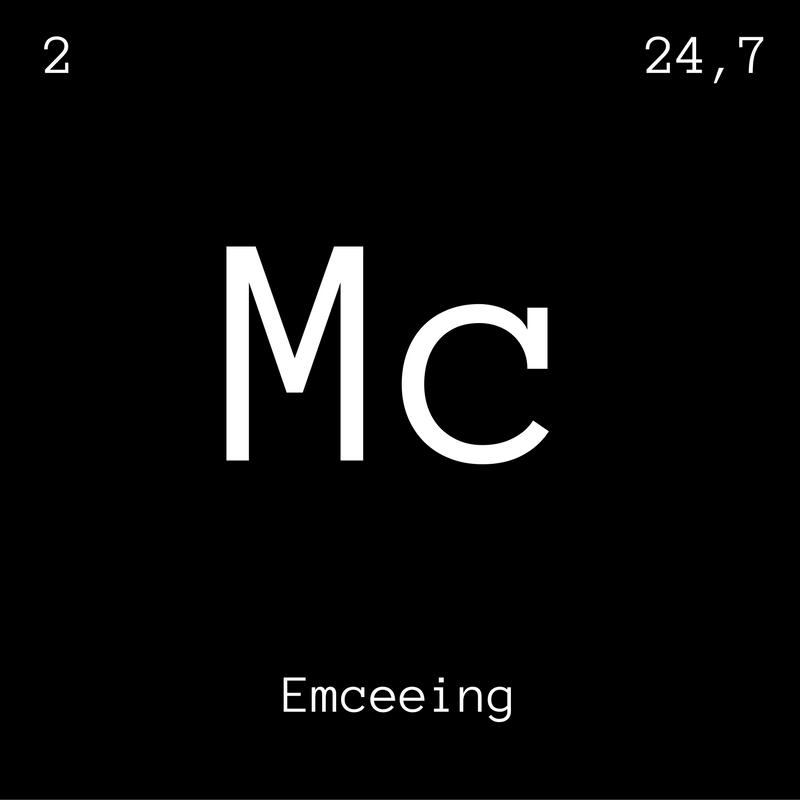Emceeing or rapping, simply put, is the primary vocal style in Hip Hop music characterized by spoken word or rhythmic chant. Singing is part of Hip Hop, and many vocalists utilize a kind of fusion between rapping and singing, but today I want to focus on emceeing, as it is arguably the most reliable indicator of Hip Hop music for listeners.
Personally, I try to avoid describing Hip Hop through misnomers such as “rap music,” because rap only refers to the vocal style and not the broader picture as a whole. Let’s take Beyoncé for example; no one calls her genre singing music as it only refers to the way she is manifesting her lyrics not R&B as a genre. I like how KRS-One puts it best, “Rap is something you do, Hip Hop is something you live.” Hip Hop is about so much more than rapping, but this type of vocal performance is an essential piece of Hip Hop culture and the history behind it goes much deeper than I think most would realize.
The art of emceeing stems from the practice of oral history and oral tradition, which can be dated back to a concept in Western Africa called nommo. As a concept in philosophy, nommo is the power of words to shape reality, act upon objects and give life to ideas. This idea paved the way for traveling griots to rise in importance for African tribal communities. Griots cataloged mass amounts of knowledge and history in their minds to share it with people who had no other way of learning about places and ideas from outside of their immediate surroundings.
For information passed on to matter, it needed remembering, and this paved the way for mnemonic rhyme to become common practice in cultures around the world. One of the earliest examples of rhyme as mnemonic comes from the Chinese Shi Jing or Classic of Poetry. Later on, it became essential to the survival of the Quran, one of the world’s most influential pieces of oral history. The verses of the Quran were originally oral recitations because so many of Muhammad’s followers were illiterate. The Quran was only transcribed after Muhammad had passed, as a method of preservation. Many chant or even sing the beautifully written verses of the Quran still today as a means of upholding the oral tradition that allowed Islam to spread in the first place.
Fast forward centuries later as rhyme and verbal teaching consistently remained to aid in both the spread and preservation of ideas. We come to the piece of performance nomenclature that most directly precedes the concept of an emcee, the MC. This acronym stands for Master of Ceremonies and later “move the crowd,” an alteration created by Rakim for his 1987 song of the same name. The MC hosted any stage event or performance, one of its earliest uses was in the Catholic Church where still today Master of Ceremonies acts as an official in the Papal Court.
At the beginning of Hip Hop, before the time of emcees as musical artists, DJ’s were the original acts that attracted crowds to clubs and the MC mainly functioned as a way to get people excited about the DJ before their performance started. Over time the MC’s began to get more creative in their methods of pumping the crowd up, eventually becoming part of the shows for the entirety of their duration. Once the Sugarhill Gang recorded Rapper’s Delight (More on the history of this song here), the emcee cemented itself as the new centerpiece of Hip Hop. This change pushed the genre and culture to new heights, paving the way for a plethora of artists to push the boundaries of artistic expression.


